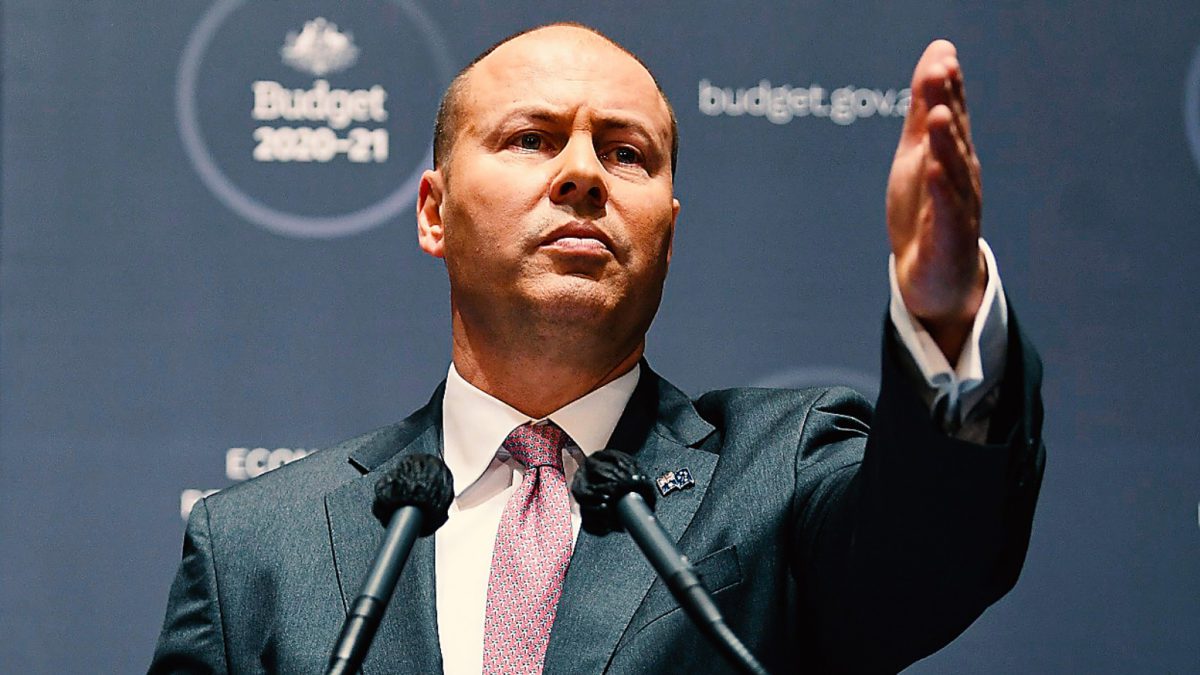A closer look at the Federal Budget
The Federal Government delivered it’s delayed but much needed annual Budget last week. The conclusion: massive deficits, tax cuts and a boon for businesses large and small. Whilst positive, there was little in the way of support for the businesses most impacted by forced Government shutdowns, being tourism, travel and education, with the Budget effectively assuming Job Keeper payments will be enough to support them.
The headlines were all about the $213 billion deficit, which is largely irrelevant. Net debt of the Government is expected to incresae to $703 billion this year and $966 billion in 2024 to support the measures, but it is much needed if Australia holds out any hope of avoiding a depression. This stands out as a huge move away from traditional conservative politics to ‘balanced the budget’ as doing so today would actually be taking money out of the economy at the time it is needed most. With interest rates pinned down via the Reserve Bank of Australia, concerns around the serviceability of interest on this debt is largely irrelevant.
We have summarised the major policy announcements as follows:
- Stage 2 tax cuts were brought forward and back-dated to 1 July 2020. This will increase the 19% and 32.5% tax brackets to $45,000 and $120,000 respectively. The estimate tax benefit is $17.8 billion, and is expected to boost disposable income by around $8 billion this financial year alone. Australian consumer and retail businesses rallied as a result.
- Business tax relief was offered via the ability to use current year losses against past profits, reducing any tax payable, whilst also allowing the immediate write down, rather than multi-year deprecation of all assets until 2022. This is great news for businesses that are still operating in COVID-19, offering the potential to ramp up investment, but offers nothing to those businesses who have no profits, or even revenue due to the lockdowns. Asset heavy businesses including mining, recycling and manufacturing groups rallied.
- The Job Maker package was outlined, offering businesses a $200 per week tax credit for employing those without a job between the ages of 16 and 35 in the hope of avoiding the costly societal issues that come from high youth unemployment. Another positive move which will move the dial on unemployment, but excludes older workers. The fast food and larger retailing groups benefitted from the announcement.
- A $250 payment for pensioners was announced with anyone eligible for payments ranging from the Age Pension to the Commonwealth Senior’s Healthcare Card eligible. It will be paid automatically and follows the two $750 payments made thus far.
- Use it or lose it – As usual there was a huge boost to infrastructure spending, but on a use it or lose it basis. The Federal Government effectively forcing the states to put the shovels to work as soon as possible rather than wait. The beneficiaries were property developed, builders and materials groups.
- Superannuation remains a key focus of the LNP Government, heaping more pressure on the union/industry fund sector. A combination of measures were announced, disallowing the automatic opening of new super accounts for new employees, to avoid duplication, launching a comparison website to weed out under performers and forcing more transparency on where industry fund members money is being spent, the loss making The New Daily newspaper a point of focus for the Government.
- Australian seniors will benefit from 23,000 new home care places over the next four years, costing $1.6 billion with granny flats also exempt from CGT.
There were a few takeaways from the numerous press releases post the budget, with most agreeing the budget was solid but lacking in a few important areas. The COVID-19 recession has been called the Pink Recession’ as it has impacted working women far worse than men for one reason or another. Experts were hoping for greater support for childcare and a specific focus on improving job opportunities for women which was not forthcoming.
Looking at the assumptions, the Government remains hopeful of a vaccine to be released by mid next year and that most international borders will remain shut until the end of next year. Their GDP forecast has been highlighted as overly optimistic, a contraction of just 1.5% for the financial year, which suggests the booming commodities sector may be saving the economy once again. Of greatest concern is the expectation of a period of negative net migration, the so called immigration dividend has been key to Australia’s growth for several decades.









